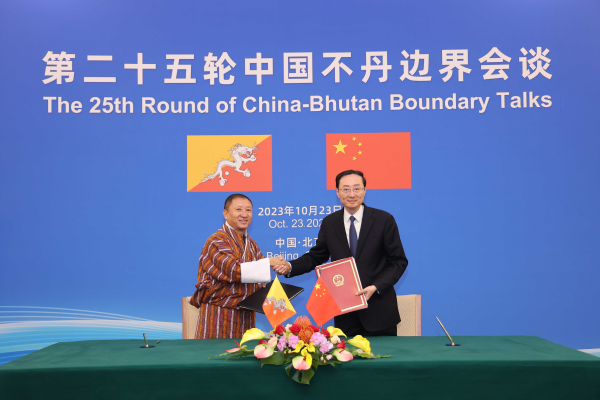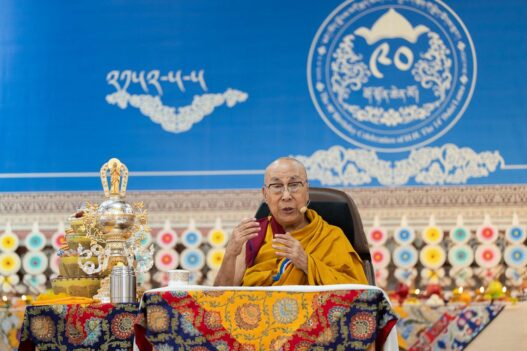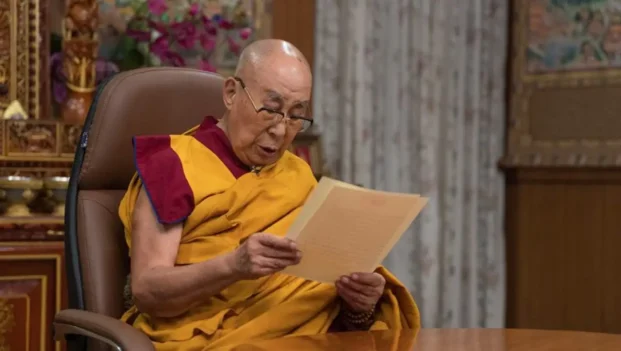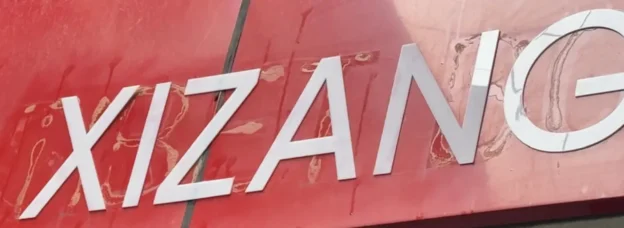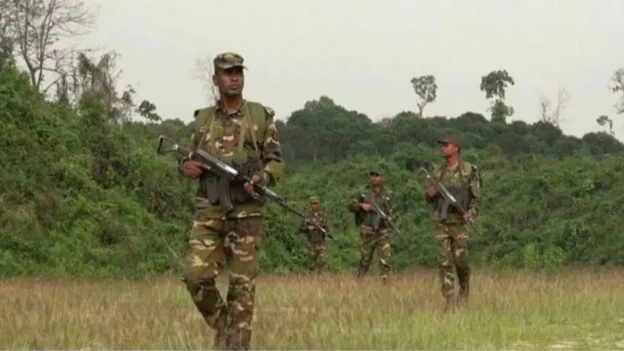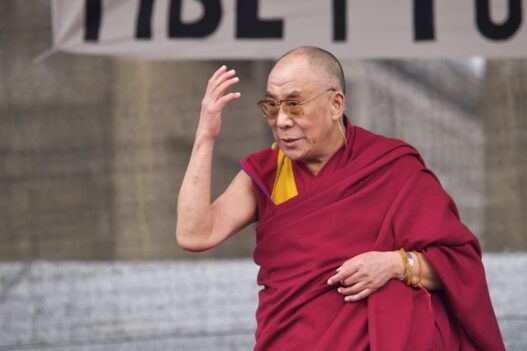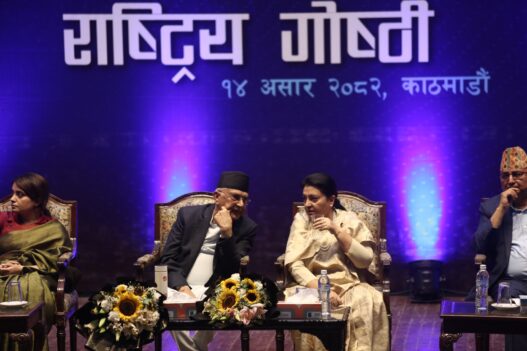The 25th round of boundary talks between Bhutan and China marked a significant step forward in resolving a long-standing dispute that has persisted since the last round in 2016. During his two-day visit to Beijing for the recent talks, Bhutan’s Foreign Minister, Tandi Dorji, engaged in significant discussions with his Chinese counterparts, Foreign Minister Wang Yi and Vice President Han Zheng. Both nations expressed their mutual desire to expedite a resolution to the boundary issue.
China has called on Bhutan to establish diplomatic relations and promptly address the boundary matter to formalise their neighborly ties in a legal context. Following these discussions, China and Bhutan inked a “Cooperation Agreement” outlining the responsibilities and functions of the Joint Technical Team (JTT) tasked with delimiting and demarcating their shared boundary. This development signifies the first official visit to China by the Bhutanese Foreign Minister, underlining the substantive progress made by expert groups from both countries.
In their dialogue, Wang Yi emphasised China’s commitment to a diplomatic approach that prioritizes neighborly relations and equality among nations. He stressed China’s respect for sovereignty, independence, territorial integrity, and the legitimate aspirations of smaller nations. In response, Dr. Tandi Dorji reaffirmed Bhutan’s traditional friendship with China and its dedication to the one-China principle. Bhutan expressed its readiness to cooperate with China to swiftly resolve the border issue and enhance diplomatic relations, while acknowledging China’s valuable support.
The two parties engaged in extensive deliberations regarding the boundary negotiations, acknowledging the advancements achieved during a series of Expert Group Meetings since the 24th Round of Boundary Talks in 2016. Both delegation leaders praised the diligent efforts of the Expert Group and pledged to capitalize on the positive progress achieved.
Within the context of these discussions, the delegation leaders formalized the Cooperation Agreement between the Government of the People’s Republic of China and the Government of the Kingdom of Bhutan, delineating the roles and functions of the Joint Technical Team (JTT) responsible for delimiting and demarcating the China-Bhutan Boundary. The JTT’s inception dates back to the 13th Expert Group Meeting, established to support the Expert Group in executing the Memorandum of Understanding (MOU) outlining the Three-Step Roadmap.
Dr. Dorji reconfirmed Bhutan’s adherence to the one-China principle, acknowledging Tibet and Taiwan as integral parts of China. Bhutan expressed its commitment to working with China for an early resolution of the boundary issue and the establishment of diplomatic relations. It is worth noting that China and Bhutan do not currently have diplomatic relations but maintain contact through periodic visits by officials.
Both sides reached an accord to persist in their collaborative efforts, concurrently advancing the implementation of all phases within the Three-Step Roadmap.
The dialogues transpired within an affable and cooperative ambiance, reflecting the enduring bonds of friendship and cooperation between China and Bhutan. Additionally, the two parties exchanged perspectives concerning the augmentation of bilateral relations and issues of shared concern. The Bhutanese delegation also took the opportunity to visit historically and culturally significant locations.
Significance of Bhutan-China border talks
Notably, of the 14 countries sharing borders with China, only Bhutan and India still have unresolved boundary disputes, making this ongoing negotiation of paramount importance.
The origins of the boundary dispute can be traced back to 1950 when China’s occupation of Tibet led to the refusal to acknowledge the delineating line between Tibet and Bhutan. In 1959, China asserted control over eight Bhutanese enclaves situated in Tibet. Subsequent negotiations between Thimphu and Beijing have primarily focused on three areas of contention: the Jakarlung and Pasamlung regions in north Bhutan, along with the well-known Doklam area in western Bhutan.
In 2020, Beijing made a claim to the Sakteng Wildlife Sanctuary in eastern Bhutan, which shares a border with Arunachal Pradesh.
For India, the primary point of contention remains Doklam wherein, India views Doklam as an integral part of Bhutan, whereas China regards it as an extension of the Chumbi Valley, a wedge between Sikkim and Bhutan. The plateau in question covers an area of approximately 89 square kilometers, with a width of less than 10 kilometers.
China has intensified its efforts in recent years to establish full-fledged diplomatic relations with Bhutan and expedite negotiations to resolve the longstanding border dispute, complicated by Beijing’s attempts to lay claim to Doklam, despite Thimphu’s assertions of ownership. China’s previous attempt to construct a road in the Doklam plateau in 2017 resulted in a two-month standoff with India, triggering tensions between the two neighboring nations.
India strongly opposed the construction of the Chinese military road at the Doklam tri-junction due to its potential impact on overall security interests. The road would have passed close to the narrow Siliguri Corridor, also known as the Chicken Neck, which connects India with its northeast. The standoff concluded when Beijing abandoned its plans to build the road.
Furthermore, Bhutan has lodged a formal complaint with the Chinese Embassy in India over China’s claims regarding the sanctuary, as was asserted at the GEF meeting. China has also intensified efforts to develop villages located along the borders with India, Bhutan, and Nepal through infrastructure development and preferential policies.
Doklam is of strategic importance as it overlooks the crucial Siliguri Corridor, which serves as the gateway to India’s Northeast. It also connects India with Nepal, Tibet, Bhutan, and Bangladesh.

